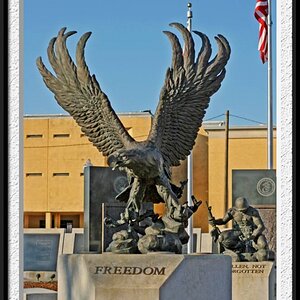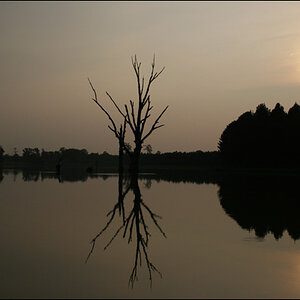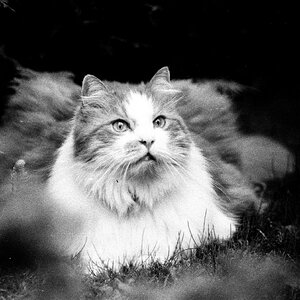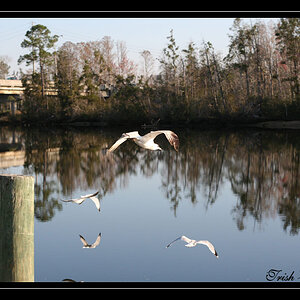realitycheck3907
TPF Noob!
I tried to search stop motion, but came up with the wrong thing. Alright so my question is how do you all stop the motion of cars, motorcycles, or even birds in flight. I think it has to do with a fast shutter speed. I have seen tons of photos on here where even the tires on cars and motorcycles are stopped and you can see the tread. So what do I need to know about practicing this??
Any help you can give is appreciated. Thanks
Any help you can give is appreciated. Thanks


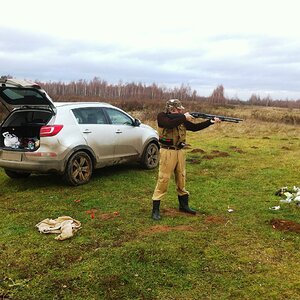
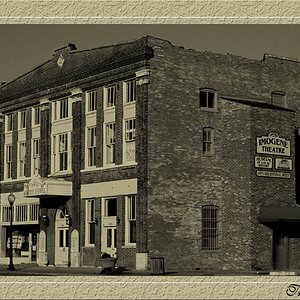
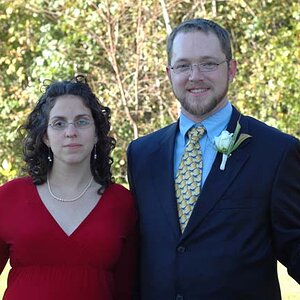
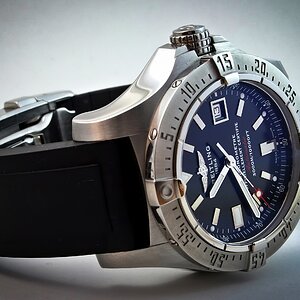
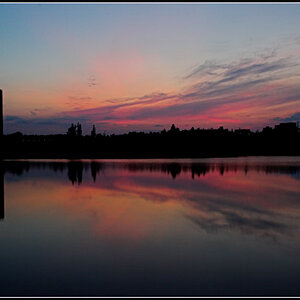
![[No title]](/data/xfmg/thumbnail/37/37604-7ad625e983f92f880eb65a264eeef5e4.jpg?1619738148)


